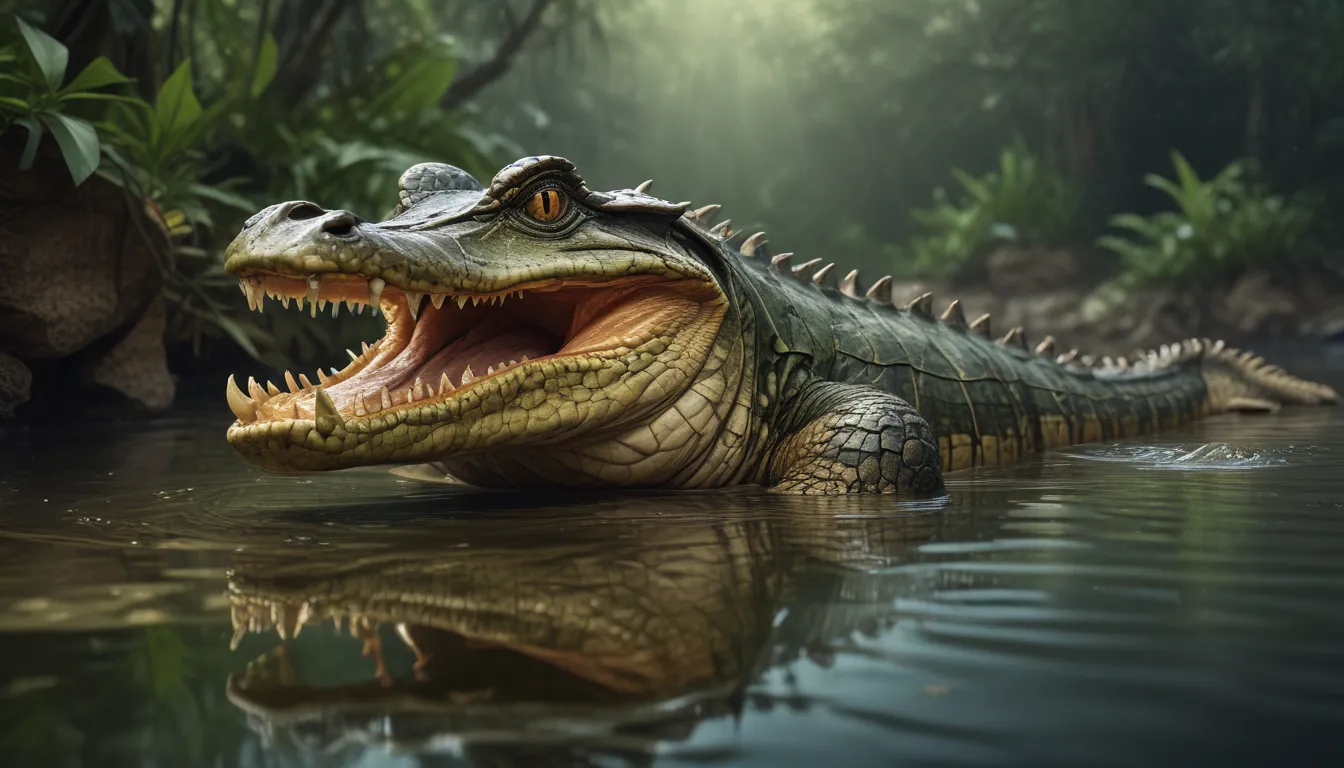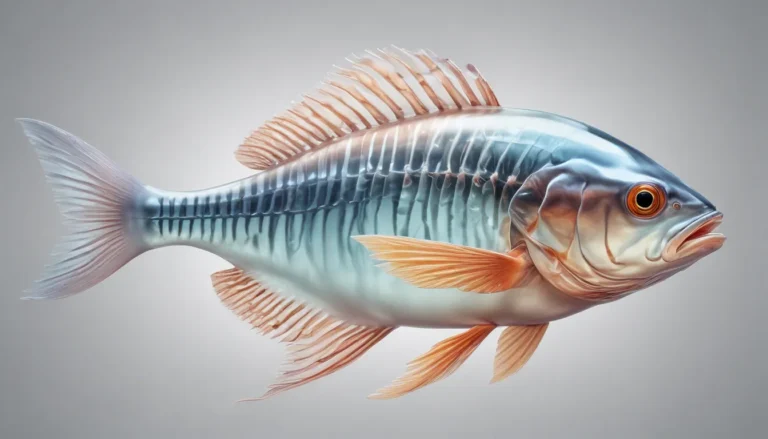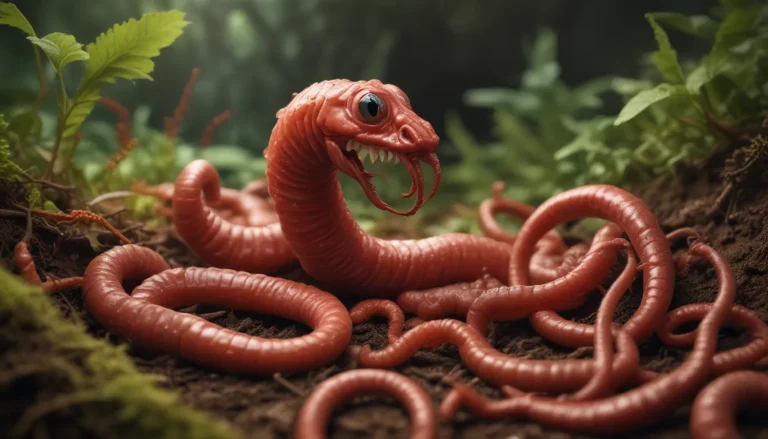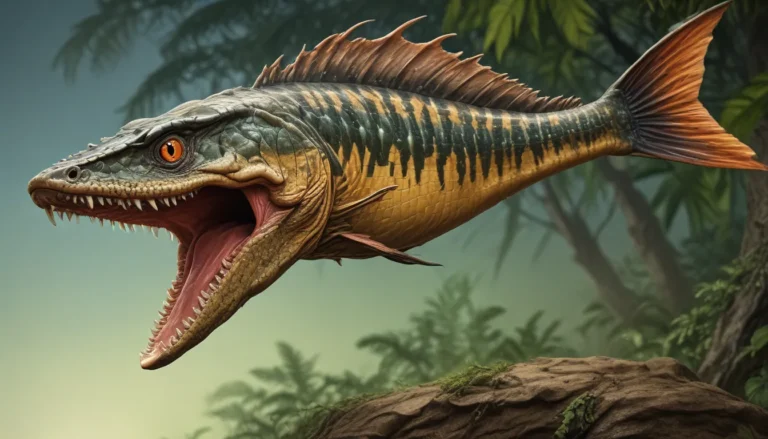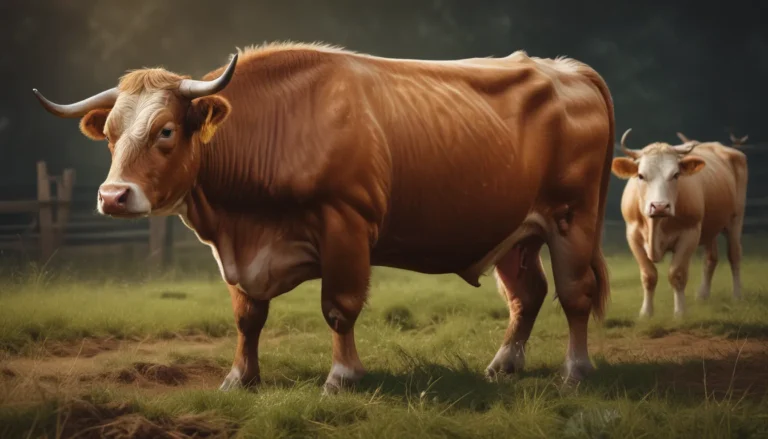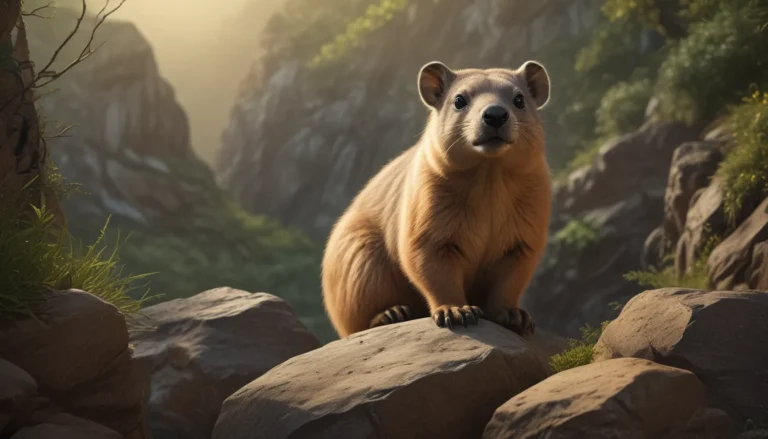The pictures we use in our articles might not show exactly what the words say. We choose these pictures to make you interested in reading more. The pictures work together with the words but don’t take their place. The words still tell you the important facts.
Welcome to the fascinating world of caimans, where these cool reptiles thrive in the wetlands of Central and South America. Often mistaken for crocodiles or alligators, caimans are unique creatures with intriguing characteristics that set them apart. In this comprehensive guide, we will unravel 12 captivating facts about caimans, shedding light on their adaptability, hunting techniques, and ecological significance.
The Enigmatic Caimans
Caimans, medium-sized reptiles, belong to the Alligatoridae family, closely related to alligators and crocodiles. Found in Central and South America, caimans inhabit freshwater habitats like rivers, lakes, and swamps. With six recognized species, including the Spectacled Caiman, Yacare Caiman, and Black Caiman, these reptiles boast a distinct bony ridge on their backs for protection and thermoregulation.
The Life of a Caiman
Caimans are excellent swimmers due to their streamlined bodies and powerful tails. Their diet consists mainly of small animals, showcasing their prowess as opportunistic feeders. With a unique nesting behavior, female caimans build mound-shaped nests near water bodies to lay and guard their eggs. Moreover, caimans play a vital role in maintaining ecosystem balance by regulating prey populations.
Threats and Resilience
Despite their resilience and adaptability to diverse environments, caimans face threats from habitat loss due to human activities like deforestation and agriculture. With an average lifespan of 30 to 40 years in the wild, these reptiles are important cultural symbols in the regions where they reside. By surviving in various aquatic habitats, caimans exemplify remarkable resilience in the face of environmental challenges.
Conservation Concerns
Conservation efforts are crucial to ensure the survival of caimans and the ecosystems they inhabit. By understanding the importance of these reptiles in ecosystem dynamics, we can appreciate the intricate balance they maintain in their habitats. It is imperative to protect caimans and their habitats to preserve the rich biodiversity of our planet.
Frequently Asked Questions
-
Are caimans dangerous to humans?
While caimans are generally wary, they can become aggressive when threatened. It's best to maintain a safe distance and avoid direct contact with wild caimans. -
What do caimans eat?
Caimans have a varied diet including fish, amphibians, small mammals, birds, and reptiles. Their powerful jaws and sharp teeth help them capture prey efficiently. -
How big do caimans grow?
Adult caimans can range from 6 to 8 feet in length on average, with some species like the black caiman growing up to 13 feet or more. -
Where can caimans be found?
Endemic to Central and South America, caimans inhabit rivers, swamps, marshes, and mangroves in locations like the Amazon rainforest and Pantanal wetlands. -
Do caimans make good pets?
No, caimans are not suitable pets due to their specialized care requirements and potential risks to humans.
Conclusion
Caimans are remarkable creatures that contribute significantly to the ecosystems they inhabit. By learning about these fascinating reptiles, we gain a deeper understanding of the intricate web of life on our planet. Through conservation efforts and appreciation for the natural world, we can ensure the continued existence of caimans and other wildlife species for future generations to cherish and admire.
In conclusion, caimans are awe-inspiring creatures that deserve our admiration and protection. Let us continue to explore the wonders of nature and work towards preserving the delicate balance of our planet's ecosystems for a harmonious coexistence with all species.
